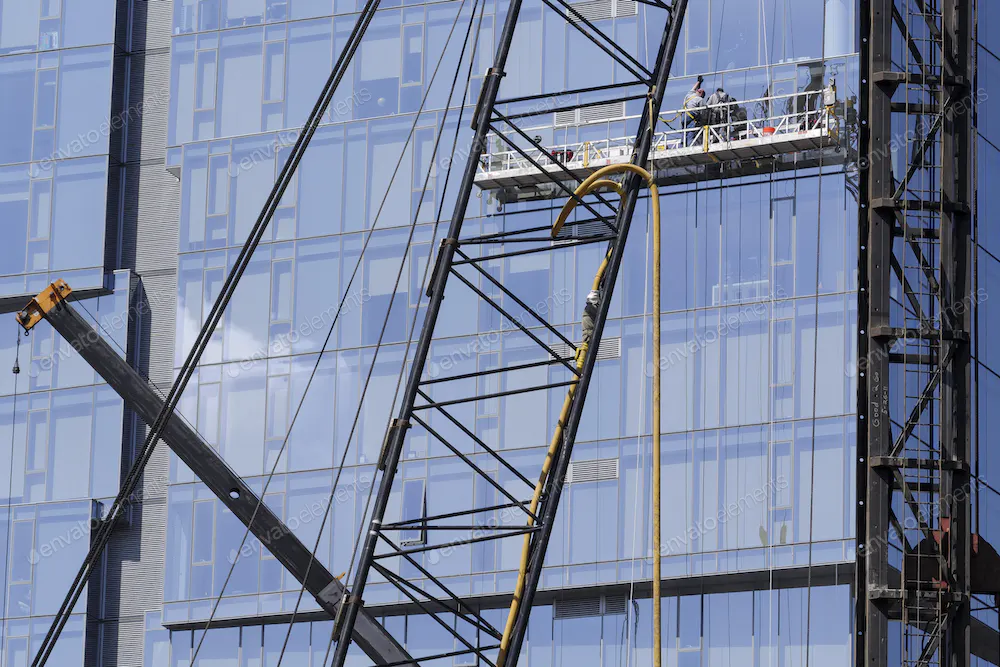Jason Wible of FrenchCreek: How to Prevent Falls at Work

envato.com Jason Wible of FrenchCreek Fall Safety discusses several ways to prevent workplace falls. Jason Wible of FrenchCreek: Identify Potential Fall Hazards Jason Wible and FrenchCreek remind us that we can take proactive measures to reduce falls in the workplace by understanding their causes. With reliable identification, these distressing incidents no longer have to be an unavoidable hazard of any job. An important step would be to conduct risk assessments regularly. Daily walk-throughs are part of best practices, especially in construction sites. Safety officers or other employees can assess potential workplace hazards and find solutions. There should be a checklist for inspection. Jason Wible, FrenchCreek President, says that the checklist conditions of guardrails, scaffoldings, ladders, and personal fall arrest systems, among others, should be described in detail. Employees should also be trained and responsible for inspecting their fall protection equipment every time th...


